Making Feedback Actionable
Don’t miss your best opportunity to engage employees and support continuous improvement
- Collecting and acting on employee feedback can boost employee engagement, retention, and your business’ profitability.
- Your employees will likely be the first to spot process inefficiencies. Give them the opportunity to share their ideas to improve procedures while they’re performing tasks.
- Recognize the person who gave the feedback when you implement changes and encourage additional feedback in the future.
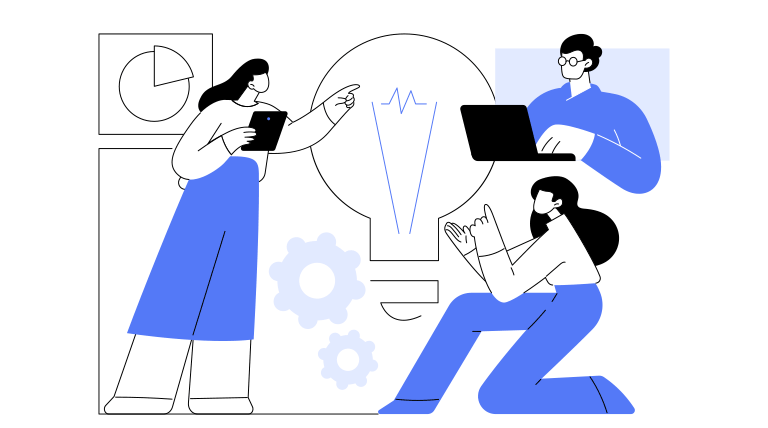
Multinational beverage giant, Diageo, ran a campaign a few years ago, asking its 35,000 employees to share productivity-boosting ideas. They called the campaign “If it was my money.”
The title of the campaign made it personal. It created a sense of ownership over the company’s goals, which is exactly what Diageo wanted. They believed that “by acting like owners, we can all make a difference to fuel growth.” And the company was right.
The campaign was incredibly successful. Several employees’ ideas were implemented. One of the most innovative involved converting steam from the production process back into power to run the plant.
By engaging employees and tapping into insider ideas to cut costs, the company saved a whopping $7.8 million.1
Not all the feedback you capture will lead to the impressive results Diageo saw. But a holistic approach to collecting and acting on feedback can yield positive results in employee engagement and operational improvement.
The trick is treating feedback like any other critical business system. Create structure and tools for collecting, analyzing, and acting upon feedback. Most importantly, create a process for recognizing employees for their good ideas. Then you’re sure to get more.
Collecting Feedback

Everyone wants to do their job as safely and accurately as possible. Employees will share their most relevant ideas to improve procedures when you give them the opportunity as part of their workflow. Capturing their insights and concerns can help you address issues promptly and keep them from escalating.
It also shows your team that you care about their experience and are committed to continuously improving it. So, the more interaction leaders can have with employee feedback, the better.
Your employees will likely be the first to spot process inefficiencies. But while many people might have ideas to tweak things while they’re performing tasks, far fewer will remember to tell someone later. Capturing those ideas while people are thinking about it is the key to getting good, actionable feedback. Then, transferring that knowledge to the person who owns the process can make sure good ideas get added in. It’s the frictionless way to identify and improve procedures.
The same goes for quality. Those closest to the work can identify quality issues down to the exact step in a process. They have the benefit of proximity that a quality manager doesn’t. And the sooner an error is identified, the more waste and rework is eliminated.
Safety, is another great topic to capture feedback on. If employees know they can identify risks or hazards that will be heard and acted on, they’ll share them. If they notice certain safety measures aren’t being followed, notifying the risk manager can ensure it’s worked into procedure steps and reduce the risk of non-compliance.
Creating a space for employee feedback creates stronger engagement with your teams. Not only is it beneficial for your employees to be engaged, but engaging employees in the feedback process can make your business better, too.
A Gallup study found that organization’s that have invested in employee development with a focus on increasing employee engagement report 11% greater profitability and are twice as likely to retain their employees.2
Analyzing the Feedback
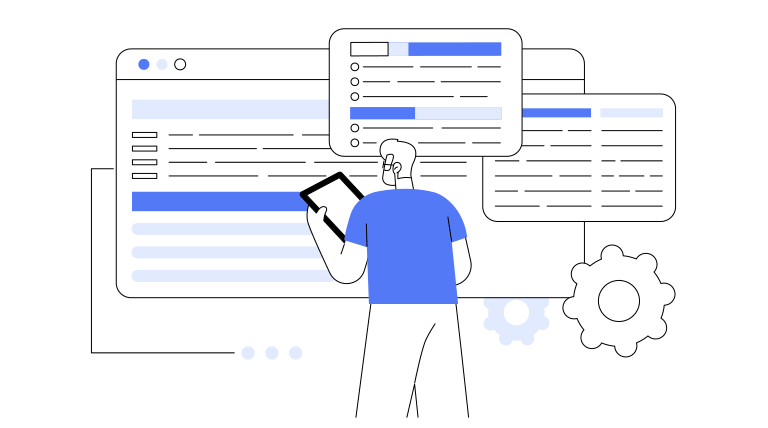
Your employees’ experiences and insights are invaluable in shaping the success of your business. When giving feedback is a part of their daily routines, you’ll collect a lot more of it. With more data, you’ll begin to identify trends and patterns.
You may receive a lot of small ideas that can be used to improve processes incrementally. When you combine them all together, you may also notice bigger trends. For example, if you receive feedback from several people about how they work around a chronic machine malfunction, it may be time to get maintenance involved.
It’s difficult to implement a bunch of big changes at once. Making process review a regular, consistent part of your workflow helps you incorporate ideas and fixes quickly. Start with the issues that are causing the most disruption for employees or most likely to lead to bigger problems in the future.
If you’re collecting all that feedback in a spreadsheet, though, it’s going to take a lot of manual effort to keep it organized.
Complicated feedback processes often require multiple tools to maintain and rank according to the value it will provide. If feedback is received via suggestion box, survey, or email, it’s cumbersome to manually carry those responses from one system to another. And it’s more difficult to understand and act on feedback outside of the context it was given.
If feedback and notes are contained and actionable inside the same system, it’s much easier to act on and support continuous improvement. For example, Acadia ties feedback directly to process documentation. That way, when content is being updated, the Subject Matter Expert (SME) can see where to make improvements.
Easier access to and maintenance of feedback increases its impact. It also improves the quality and accuracy of critical process documentation, ensuring nothing gets lost in transit from one system to another.
Implementing Feedback
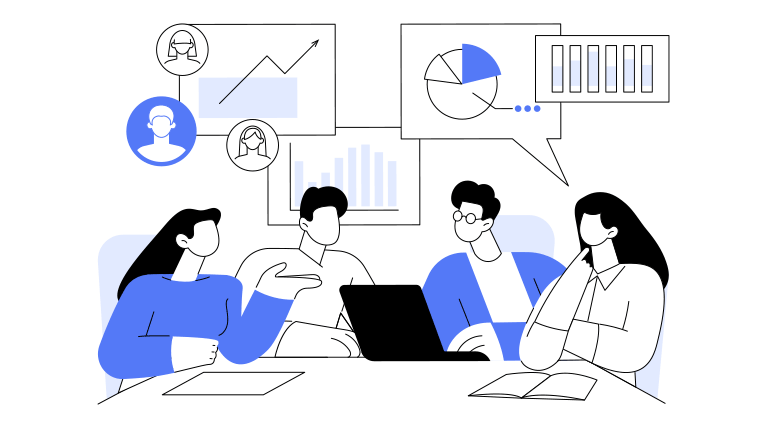
If you’ve done a good job sorting and analyzing feedback, it’ll be easier to share with the right teams. The quicker you can share it with the right people, the sooner they can determine if and how those changes should be implemented.
When adjustments are made, make sure employees know what the change is and how it will affect their daily routine. Depending on the size and impact of the change, you’ll want to have a plan for it succeed.
A good place to start is updating work instructions. Once the policy’s or procedure’s One Best Way has been updated, alert employees of the change. Tell them why the change was made and the benefits to be gained. And give a shout out to the person who submitted the feedback!
Tracking whether employees have seen the change will help you identify non-compliance. In Acadia, you can send Acknowledgements that create an audit trail of who an alert was sent to and who confirmed they saw it.
If you need to reinforce critical points, quizzes can help. You want your changes to stick. Creating awareness through quizzing can provide additional support.
Closing the Loop

When you do implement changes, it’s important to tell the person who gave the feedback. Let them know that their suggestion made a difference! And when you can, do it publicly to achieve multiple goals at once.
- Build awareness about the change
- Showcase the types of feedback you want to receive
- Encourage additional feedback
- Create positive engagement with employees
Addressing issues promptly and publicly will reinforce the value of employees sharing their ideas and act as positive reinforcement to ensure you get more in the future.
Real World Benefits of Feedback
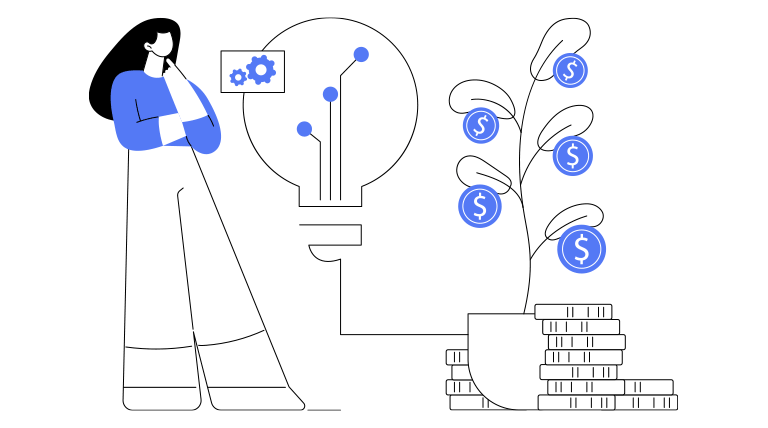
One of our global manufacturing clients is optimizing processes with the help of employee feedback. Here are a couple of examples of what their team has unearthed.
- A technician was performing the detailed inspection procedure for one of their machines. He noticed there wasn’t a step to check the chain for stretching. He submitted a comment to the procedure owner asking if an additional step could be added.
Chain replacement is expensive, time-consuming, and requires production to be shutdown. Chances are technicians will see signs of wear and stretching long before a chain breaks and causes bigger damage to a machine. By acting on the technician’s feedback and implementing one small change to their inspection check list, technicians can ensure proper lubrication and prolong the life of the chain – and the machine. - Another employee was tasked with investigating why a particular canning line kept jamming. At two in the morning, he provided feedback in workflow on the line’s reaction plan in Acadia. He detailed what he found and how the issue was resolved. When his manager came back in the morning, the manager had all the information needed to update the reaction plan procedure. Understanding the problem helped them eliminate future jams and save real downtime – 8 to 15 minutes per jam.
Get Started
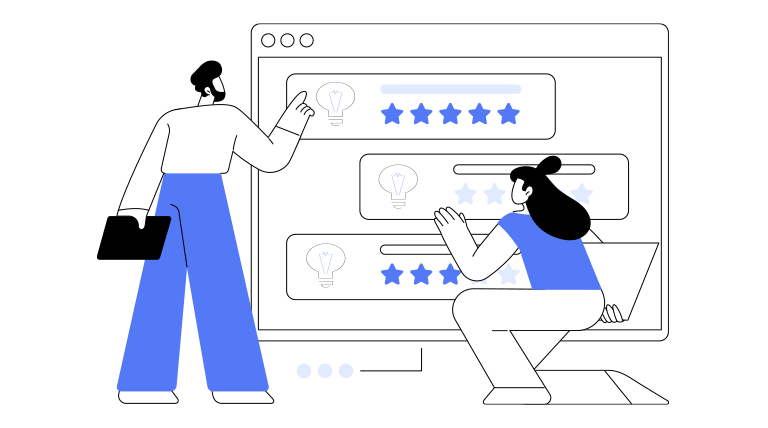
A structured feedback strategy can make a big impact on your frontline employees – and your business. People stay longer and perform better when they’re engaged in their work.
Choose one area where you’d like to improve metrics and make it easy for those employees to provide feedback. Then, move into additional areas from there. Small, simple steps can lead to the biggest outcomes.
In Acadia, we ensure that feedback doesn’t get buried in a document somewhere. Document owners receive notifications, so feedback is never missed. The enhanced visibility also allows notes to be added to feedback if more information is required or to loop in other contributors. When the feedback’s been acted on, the status can be marked “Closed” for easier management.
If actionable feedback would help your team, reach out today.
Sources:
Ready to crush your goals?
"*" indicates required fields


